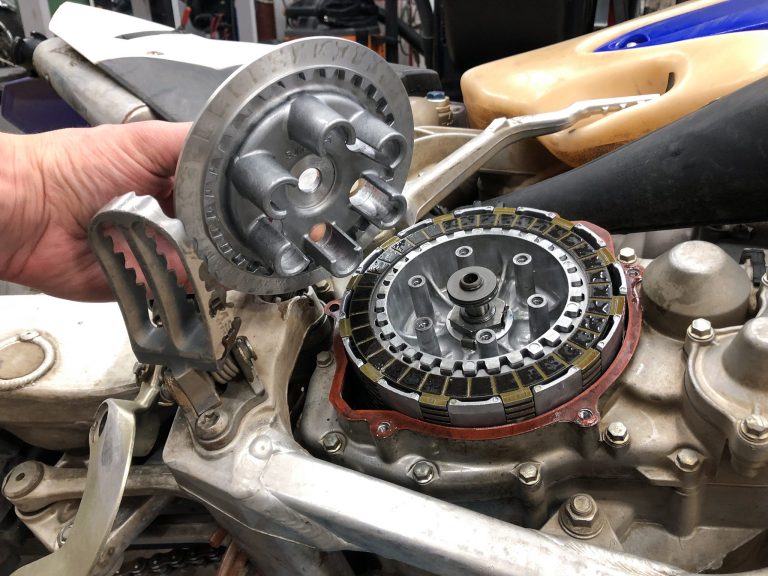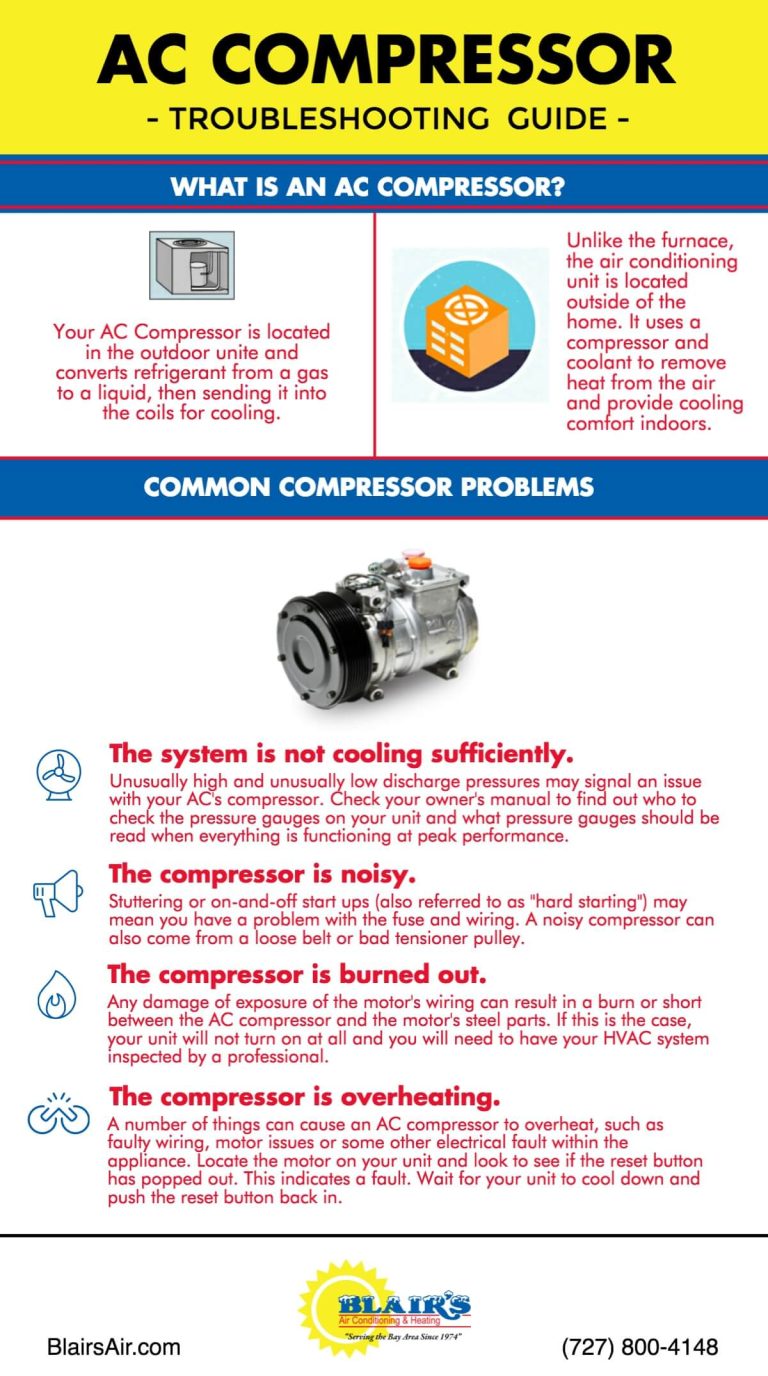How Long Can You Leave Engine Flush in? Discover the Expert Recommendations!
You should typically leave engine flush in for about fifteen minutes to ensure effectiveness without causing damage. Engine flushes help remove sludge and deposits when used according to the manufacturer’s instructions.
An engine flush is a vital maintenance procedure for keeping your engine clean and functioning optimally. However, it is crucial to know the correct duration the engine flush should be left in the engine to avoid any potential damage. While engine flushes can enhance engine performance, leaving them in for too long may lead to issues such as breakdown of engine seals or gaskets.
Thus, understanding the recommended time frame for using an engine flush is essential for maintaining your vehicle’s longevity.

Credit: www.jdpower.com
The Importance Of Engine Flush
Regular maintenance of your vehicle’s engine is crucial to ensure optimal performance and longevity. One essential aspect of engine maintenance is the process of engine flushing. Understanding the importance of engine flush can significantly benefit your vehicle’s overall health and efficiency.
What Is Engine Flush And Its Purpose
Engine flush is a chemical solution designed to clean the internal components of the engine by removing built-up sludge, contaminants, and deposits. Its main purpose is to promote better engine function and prolong the lifespan of your vehicle.
Benefits Of Engine Flush
- Enhanced Performance: Removing residue buildup allows the engine to operate more efficiently.
- Extended Engine Life: Regular flushing can prevent premature wear and tear on engine parts.
- Improved Fuel Economy: A clean engine operates more efficiently, leading to better fuel consumption.
- Preventative Maintenance: Engine flush helps prevent potential issues caused by sludge and deposits.
- Enhanced Lubrication: Clean components ensure proper lubrication, reducing friction and heat.

Credit: www.powerreviews.com
Expert Recommendations For Engine Flush Duration
Recommended Duration For Engine Flush
It is crucial to adhere to the manufacturer’s guidelines for the duration of an engine flush. Typically, experts recommend running the engine flush for a specific time frame, often specified in the product instructions.
Dangers Of Leaving Engine Flush For Too Long
Leaving the engine flush in your vehicle for an extended period can lead to detrimental effects on your engine components. Continuous exposure to the flush chemicals may cause damage to critical parts like seals and gaskets.
If you exceed the recommended time frame for the engine flush, it could result in oil dilution, leading to inadequate lubrication and potential engine issues.
Consult your manufacturer’s guidelines and avoid leaving the engine flush in your vehicle longer than advised to prevent any adverse consequences.
How To Properly Use Engine Flush
To properly use engine flush, follow product instructions and typically leave the solution in the engine for about 15 minutes. Leaving it in for too long may cause damage to engine parts and reduce oil lubrication. After allowing to sit, remember to immediately drain and change the oil.
Step-by-step Guide For Engine Flush
To properly use engine flush, it is important to follow a systematic approach. Firstly, ensure that your engine is at operating temperature. Then, add the engine flush to the old oil and idle the engine for the recommended time. Afterward, drain the old oil and replace the oil filter, ensuring all the engine flush is removed. Lastly, refill the engine with fresh oil as per the manufacturer’s recommendations.
Post-engine Flush Procedures
After completing the engine flush, it is crucial to carry out post-flush procedures. Start the engine and check for any oil leaks while monitoring the oil pressure gauge. Additionally, inspect the oil filter and drain plug for any abnormalities. Finally, confirm that the oil level is within the recommended range and take a short test drive to ensure everything is functioning as expected.
Common Questions About Engine Flush
Engine flush is a process that helps remove sludge and deposits from the engine, improving its overall performance. However, many car owners have questions about engine flush, such as how often it should be done, potential risks involved, and instances when engine flush is recommended. In this section, we will address these common questions to provide you with a comprehensive understanding of engine flush.
Frequency Of Engine Flush
One common question regarding engine flush is how often it should be performed. The frequency of engine flush largely depends on your car’s manufacturer recommendations, as well as your driving habits and the condition of your engine. Typically, it is recommended to perform an engine flush every 30,000 to 50,000 miles to maintain the cleanliness and efficiency of your engine. However, if you frequently drive in harsh conditions or notice symptoms of engine problems, such as poor performance or increased fuel consumption, it may be necessary to perform an engine flush sooner.
Potential Risks Of Engine Flush
While engine flush can provide numerous benefits, there are also potential risks involved. One risk is that prolonged contact with the engine flush chemicals can lead to the breakdown of engine seals, gaskets, or other components. Therefore, it is crucial to adhere to the recommended duration provided by the manufacturer and avoid leaving the engine flush in for an extended period. Additionally, if your engine has excessive sludge buildup, performing an engine flush can dislodge large chunks of sludge, potentially leading to clogged oil passages or damage to the engine. It is important to exercise caution and assess the condition of your engine before proceeding with an engine flush.
Instances When Engine Flush Is Recommended
There are several instances when performing an engine flush is recommended. These include:
- Before an oil change: Performing an engine flush prior to an oil change helps remove accumulated sludge and deposits from the engine, ensuring that the new oil can provide optimal lubrication and protection.
- When switching to synthetic oil: If you are transitioning from conventional oil to synthetic oil, an engine flush can help clean out the engine and remove any residue from the previous oil, allowing the synthetic oil to perform at its best.
- As part of a maintenance routine: Including an engine flush as part of your regular maintenance routine can help prevent sludge buildup and maintain the cleanliness of the engine, leading to improved performance and longevity.
It is important to note that the decision to perform an engine flush should be based on the specific recommendations of your car’s manufacturer, as well as the condition of your engine. Consulting with a qualified mechanic or referring to your vehicle’s owner’s manual can provide further guidance on when an engine flush is recommended.
Debunking Myths About Engine Flush
Leaving engine flush in for too long may damage engine parts like seals and gaskets. It’s recommended to run the flush for about 15 minutes, any longer may lead to issues. Make sure to follow manufacturer’s instructions to prevent damage.
Myth: Engine Flush Enhances Engine Longevity
There is a common misconception that using an engine flush regularly will enhance the longevity of your engine. However, this is just a myth. Engine flushes are primarily designed to remove sludge and deposits that have accumulated over time. While this can indeed improve engine performance and efficiency, it does not guarantee long-term engine longevity on its own. Engine longevity depends on various other factors, such as regular maintenance, proper lubrication, and avoiding harsh driving conditions.
Myth: Engine Flush Is Necessary For Regular Maintenance
Another myth surrounding engine flush is that it is necessary for regular maintenance. While it is true that an engine flush can help clean the engine and remove harmful deposits, it is not a mandatory part of regular maintenance. Regular oil changes, proper lubrication, and following the manufacturer’s recommended maintenance schedule are sufficient to keep your engine in good condition. Engine flushes should only be performed if recommended by your mechanic or if you are experiencing specific issues related to sludge or deposits.
In conclusion, it is important to debunk these myths about engine flush. While engine flushes can be beneficial in certain scenarios, such as when dealing with excessive sludge or deposits, they are not a one-size-fits-all solution for engine longevity and regular maintenance. It is crucial to follow proper maintenance practices and consult with a professional before deciding to perform an engine flush.

Credit: www.facebook.com
Frequently Asked Questions Of How Long Can You Leave Engine Flush In
What Happens If I Leave Engine Flush In Too Long?
Leaving engine flush in too long may cause breakdown of engine seals, gaskets or parts.
How Long Should You Run Engine Flush?
Engine flush should be left running in the engine for about fifteen minutes. Longer contact may cause damage.
Can I Drive With Engine Flush In?
It is not recommended to drive with engine flush in for more than a few minutes. Extended contact with the flush can cause damage to engine seals, gaskets, and other parts. It is best to follow the manufacturer’s instructions and drain the oil promptly after using the flush.
What To Do After An Engine Flush?
After an engine flush, it is important to drain the flush from the engine and replace it with fresh oil. Be sure to follow the manufacturer’s instructions and not leave the flush in the engine for an extended period of time, as it may cause damage to seals, gaskets, or other parts.
Conclusion
Engine flushes should only be left in the engine for the recommended duration, usually about 15 minutes. Prolonged exposure could result in damage to engine components such as seals and gaskets. It’s crucial to always follow the manufacturer’s instructions to avoid any potential harm to your vehicle.
Regular maintenance is key to a healthy engine.







